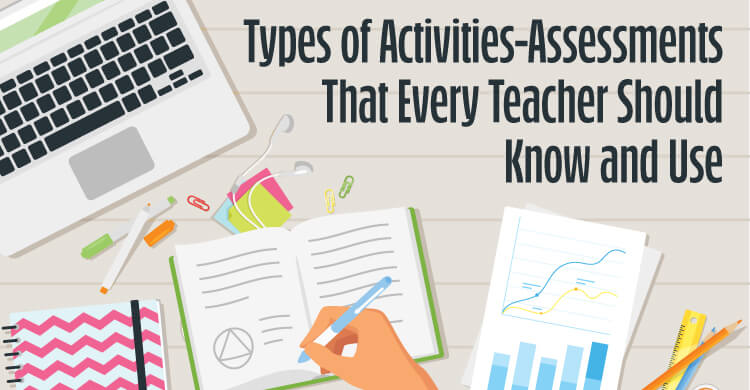Learning is a deeply personal endeavor. Teaching teams that strive to assure learning happens for all of their learners adopt the absolute that learning is required, but when it comes to making decisions about whether to advance to new or more complex learning, there are no absolutes—no one-size-fits-all strategy, no unrelenting policy, no surefire algorithm, and so on. Context matters. People matter.
Making decisions about when to advance learning is challenging. In an effort to simplify the matter, some schools or teachers have created policies that indicate a teacher should advance instruction when a learner has scored 80% or above and/or when 80% or more of the students have mastered the content. In truth, the decision to move forward with learning expectations is far more complex than a simple algorithm, and it requires critical thinking, focused problem solving, and the collective wisdom of committed experts. Decisions are oversimplified when they are reduced to single factors like numbers of learners ready to move. Numbers can indicate that it’s time to launch a conversation, but they cannot be used as the final decision-making point.
When some learners are still struggling in the classroom, additional information is needed. It’s important, for example, to gather the learners’ input regarding the challenges that face them and their own reflection on what might be happening as they struggle with a concept. Likewise, it’s important to work as a team to analyze the types of errors being made. Is it one type of error or many? Where are the patterns and anomalies? Such questions require teams to dig more deeply behind the percentages to gather information that can guide their instructional responses.
In order to remain instructionally agile, teams must consider a host of questions when pondering whether or not to advance the learning:
- Is the issue at hand one of skill or will? (We must be careful not to default to the natural inclination that the issue is one of will—or resistance on behalf of the learner to succeed.)
- Is the learning imperative for success at the next level?
- Are there multiple points of evidence to verify readiness for the learners who are perceived to be ready to move forward? Are the data accurate? Thorough?
- Is it important that everyone has “mastery,” or can “informed” be sufficient to move forward?
- Can the learning expectations that are still missing for some learners be successfully scaffolded into future opportunities?
- Can a team of teachers or intervention specialists intervene with a small group and still keep everyone else moving forward?
- Are there other strategies besides reteaching to help the learners who aren’t getting it?
The answers to these questions empower teams to make decisions based on need rather than numbers. When teams work collaboratively to answer these questions, they can refine their shared understanding of what matters most, fortify their commitment to assure all learners are successful, and cocreate potential rather than tolerate helplessness. There is much for teams to consider before moving forward in any unit of instruction. The only time the decision to move forward can be based solely on numbers is when there is evidence that all learners are ready to move.
[author_bio id=”68″]






